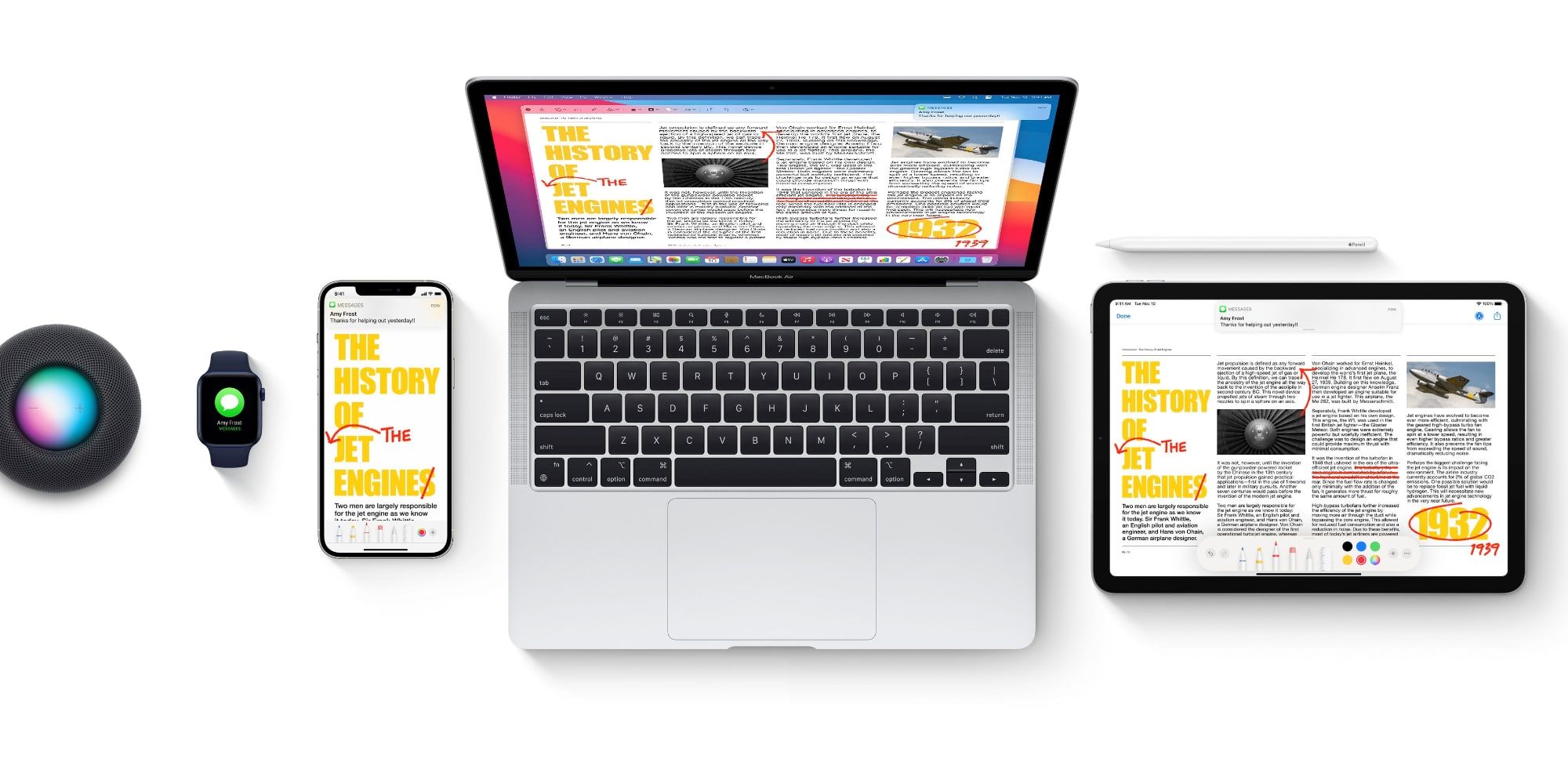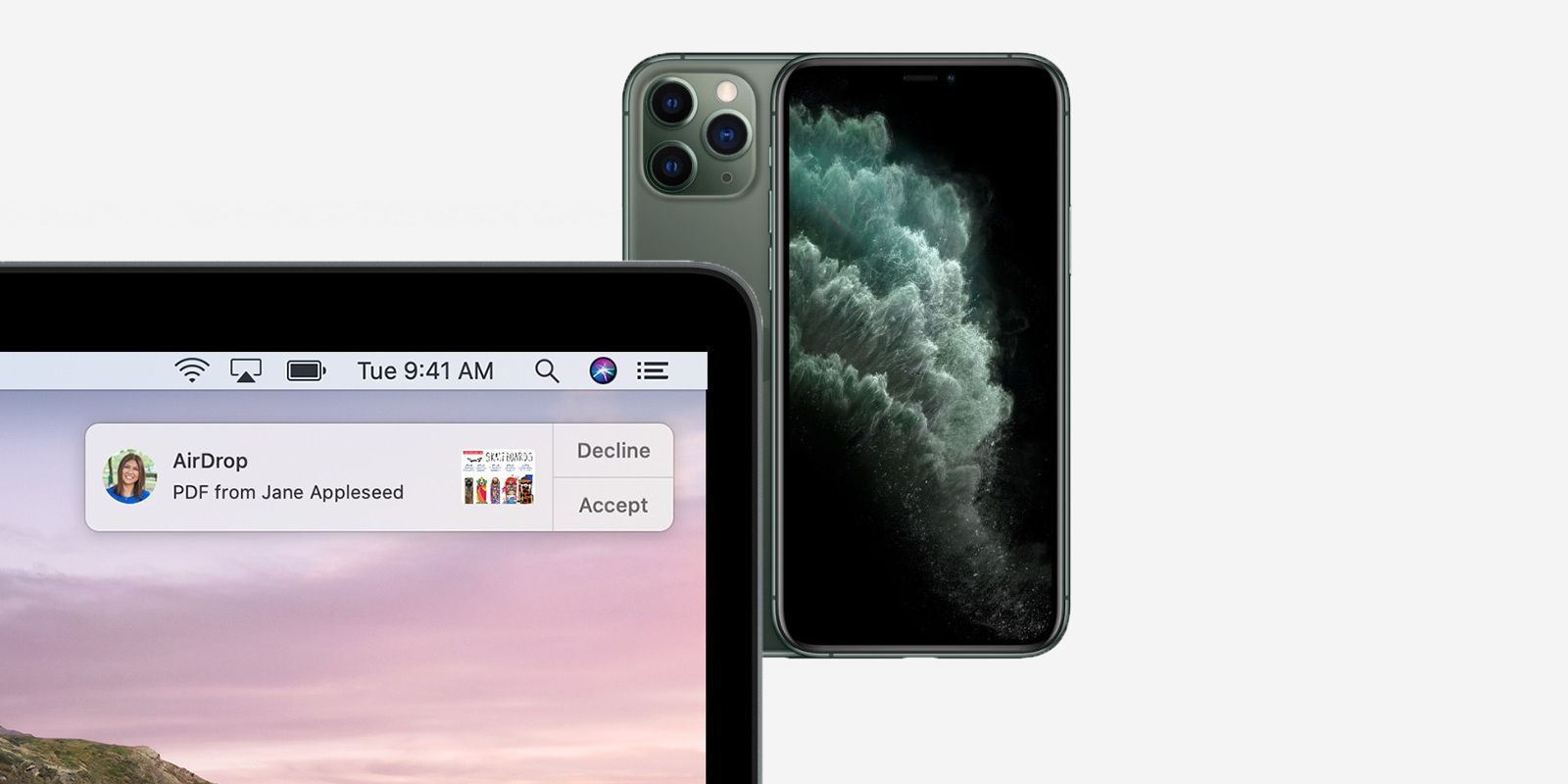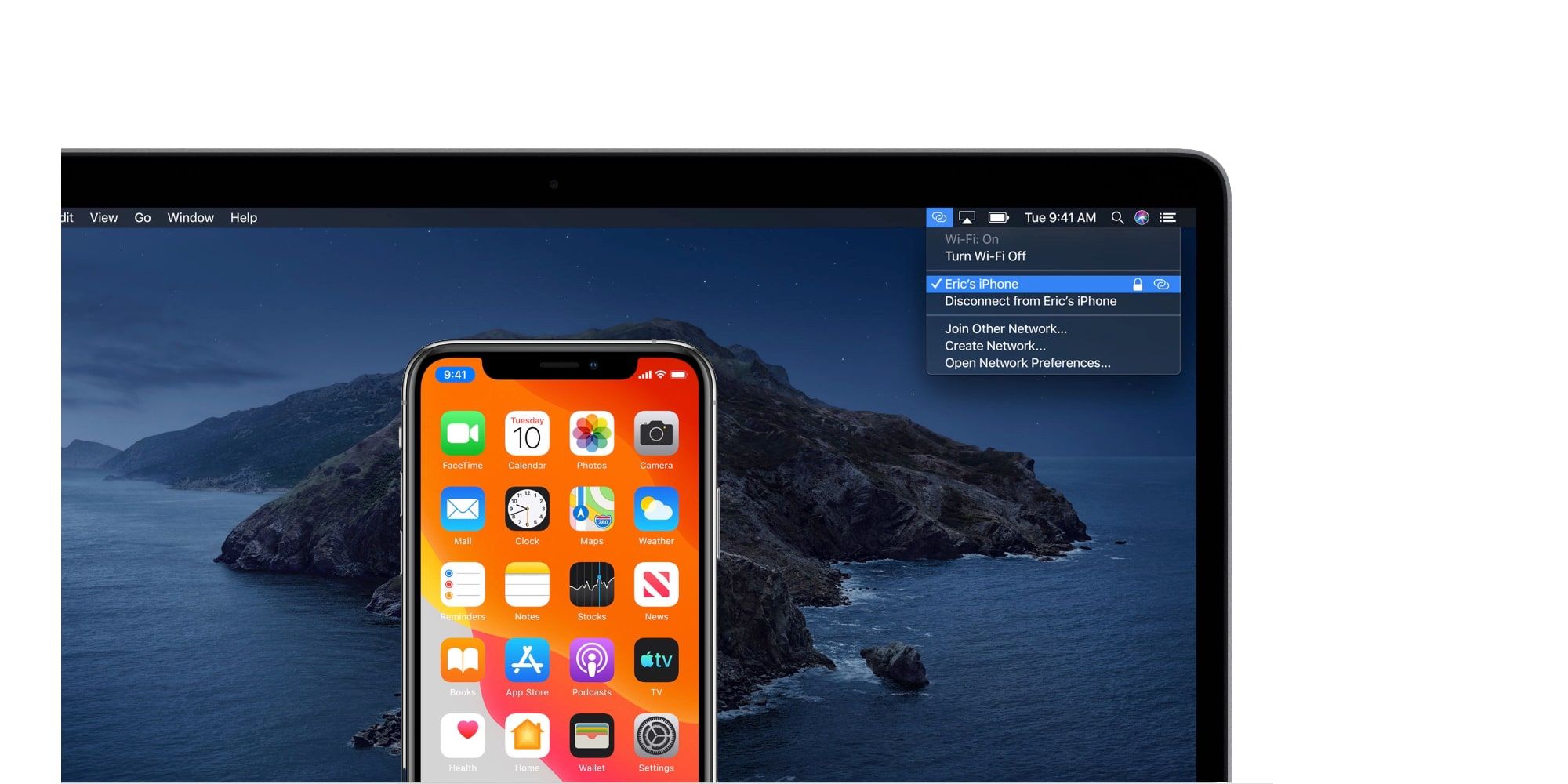Continuity is Apple's name for the various technologies that tie its devices together, allowing an iPad to be used as a Mac monitor and an iPhone to provide an Instant Hotspot. There are so many little things that happen automatically or with minimal effort, that some may go unnoticed. While it's a pleasant surprise to discover a new Continuity feature, it is even more valuable to know about what is possible in advance.
Apple began adding Continuity features in 2014 with the launch of iOS 8.1 and OS X Yosemite, version 10.10. For the first time, Apple's AirDrop file transfer technology could connect a Mac to an iPhone or iPad, updating OS X to use the same protocol as iOS, which combines Bluetooth for discovery and Wi-Fi for fast transfer. These operating system updates also introduced Handoff, the feature that may have inspired the name of Continuity.
Continuity ties different types of Apple devices together into an ecosystem, going beyond the convenience of cloud services, which may require the user to log in on another device and find the file or note that was in progress elsewhere to continue work. Apple's solution allows a Mac and an iPhone or iPad to work as a cohesive system, with some features designed for simultaneous use and others for a transfer of activity from one device to the next.
Continuity Transfers
An important part of Apple's Continuity technology involves transfers and these work between any combination of iPhone, iPad, and Mac. AirDrop allows quick and easy transfer of files, photos, and videos and it's the best way to easily move things from an iPhone to a Mac. Nearby devices are revealed when sharing via AirDrop, even allowing communication with devices signed into a different account. Universal Clipboard allows the user to copy from an iPhone and paste to a Mac, as long as both are logged in via the same Apple ID.
When transferring attention from one device to another, Continuity lends a hand with picking up where the user left off. Handoff is the Apple technology that shows a suggestion on the second device to open the app and project, file, or tab that was in use on the first device. For example, starting a note or browsing a website on a Mac, then continuing on an iPhone, and finishing up on an iPad is possible with a tap on the dock of each device. Another handy feature allows users to take iPhone calls and texts on Apple's Mac computers, with the call still routing through the iPhone, just as if it was answered there.
Continuity Integration
A different type of Continuity has to do with the simultaneous use of more than one Apple device. For example, Sidecar allows an iPad to be used as a second monitor and even enables the use of an Apple Pencil with a Mac computer, making it a dedicated wireless graphics tablet. In a similar way, Apple device owners can use an iPhone to pay on a Mac, authenticating with Face ID. Several macOS apps have the ability to instantly insert iPhone sketches, photos, and scans into documents using a right-click context menu or the insert menu, without the need to save to the phone and transfer afterward. The Apple Pay and insert features work with an iPad as well.
It's also easy to tether iPhone data for a Mac when there's no Wi-Fi or internet available and this happens with a simple selection from the Mac's Wi-Fi menu. No setup is required on either device. Apple Watch owners have it strapped to their wrist making it a great way to identify a user. Apple took advantage of this and enabled auto-unlock of a Mac using an Apple Watch when the user gets close. The Apple Watch recently gained the ability to unlock an iPhone as well, which is helpful during the pandemic when masks are worn often and obscuring the TrueDepth camera. Overall, Continuity ties Apple products together, integrating and enhancing the value of all of them.
Source: Apple



